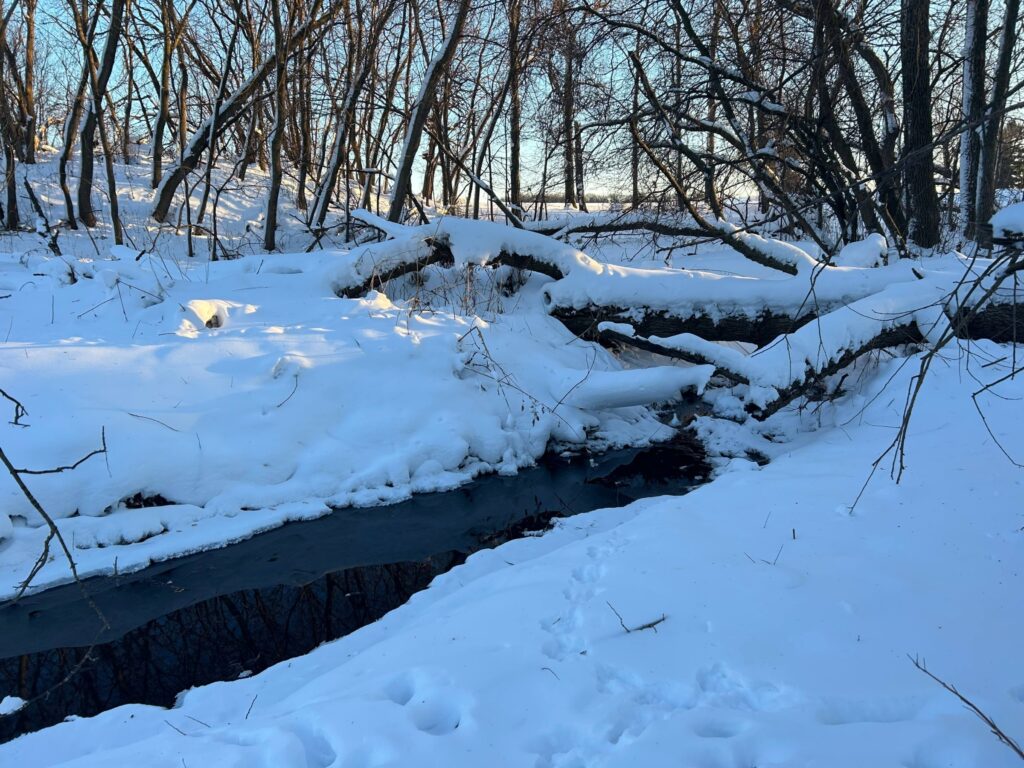Most of Wisconsin’s woodlands are on private land, which makes woodland owners the primary defenders of forest health in the state. This Extension course is helping support them.

This February, Extension Forestry is offering the Forest Stewardship Plan series, a new course designed to help woodland owners get familiarized with forest stewardship plans and comfortable getting one. It will run on Thursdays at noon, starting on February 8.
Forest management plans act as guides for woodland owners to manage their property, and are informed by the goals and objectives the landowner has for their woodland, explains Natural Resources Forestry Educator Johanna Desprez.
Management plans are unique to each property, and are often affected by the location and type of forest on the land. This way, landowners can conduct appropriate management activities and maximize the outcomes for their property.
“A forest stewardship plan is a great way for a landowner to make sustainable forestry decisions about their property. The more people we have out there working on this and thinking about this, the better we can improve our forest health here in Wisconsin,” Desprez says.
The virtual series is divided into three classes over the course of the month. The first class focuses on what forest management plans are and why they might be valuable to the woodland owner.
The second course is focused on preparing woodland owners to work with a forester. A big part of this, Desprez says, is deciding what goals and concerns landowners have for their property, which can range from attracting wildlife to clearing invasive species.
The final class is about the process of securing a forest management plan, and what you can do with it after.
“After you get a forest stewardship plan, there’s a lot of things you can do with that plan because basically that’s your guide or roadmap for how you’re going to try to manage your property in the next 5-25 years,” Desprez says.
There are several ways for landowners to manage their property with support from a third-party organization. A forest management plan is one option to achieve this—offering slightly more flexibility in land-use decisions than alternatives like Managed Forest Law programs.
This spring, the Wisconsin Stewardship Plan Project, a partnership with the Wisconsin Department of Natural Resources (DNR) and the UW Extension Forestry team, will be offering landowners free forest stewardship plans.
UW Extension Forestry also provides courses and materials for landowners’ specific management practices, such as invasive species removal or chainsaw safety.
Getting a forest management plan can also make you eligible for state and federal funding for management activities on your property, Desprez says.
Desprez explains that if we want to make conservation efforts for Wisconsin’s privately owned woodlands, then we need to be engaging and supporting woodland owners through their management practices.
Does this align with your goals and interests for your property? Register for the class here.
Stay up-to-date on more upcoming courses by signing up for our newsletter.




